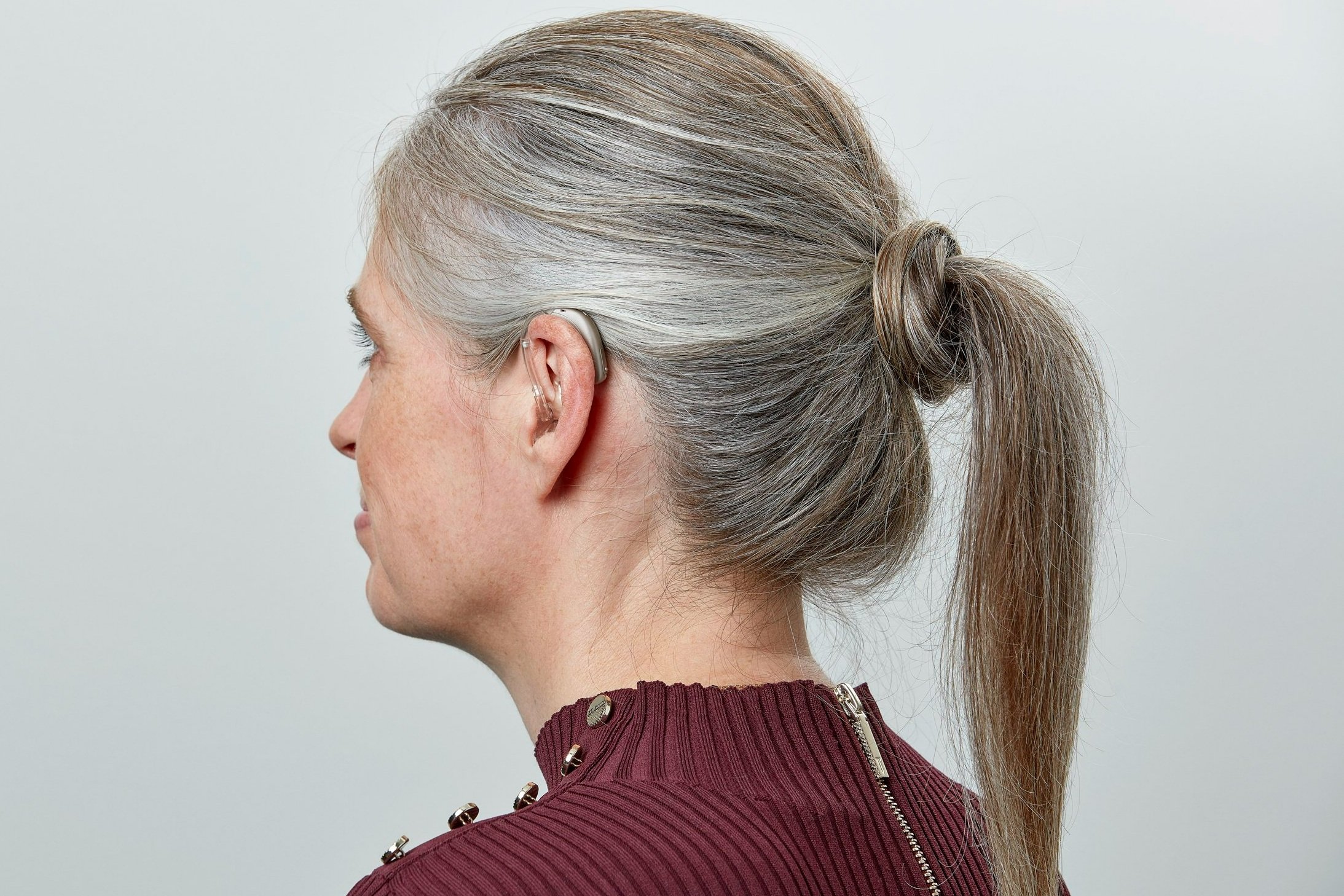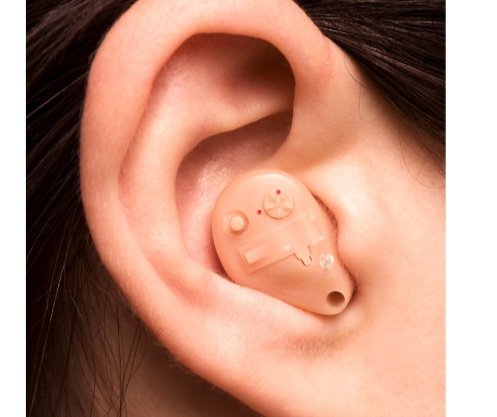Hearing & Balance offer the widest range of hearing aids in Hawke’s Bay
Discover Hearing aids
Hearing & Balance Greenmeadows
We offer a wide range of hearing aids tailored to your lifestyle, degree of loss and budget.
At Hearing & Balance, we recognise there are many reasons why people may choose to seek help with their hearing. For some people, this may be difficulty engaging in conversations with family, while others may simply want to hear the TV better. Sometimes, it is to help to distract from annoying internal sounds, or to alleviate a blocked sensation in the ear. Because everybody’s needs are different, we pride ourselves on taking a tailored approach to find the best solution for each individual.
Funding
Contrary to popular belief, hearing aids come in a wide range of prices, depending on need and circumstance. Several funding and subsidy avenues are available to New Zealanders, depending on their medical history and personal circumstances.
Hearing & Balance also provide special pricing for Community Services Card holders as well as payment plan options, which can be discussed with your Audiologist.
-
All adults over 16 years old living in New Zealand with a permanent hearing loss who are New Zealand residents and who do not qualify for funding from other sources are eligible for a subsidy of $511.11 per hearing aid, once every six years.
More detailed information can be found on the Ministry of Health website
-
Adult New Zealand residents over 16 years old with a permanent hearing loss who are living in New Zealand may be eligible for the Hearing Aid Funding Scheme, which covers the cost of your hearing aids if you meet one of these criteria:
Have had a significant hearing loss since childhood
Have both a hearing loss and another impairment that limits your ability to communicate safely and effectively e.g. visual, intellectual or physical.
Have had a sudden significant hearing loss within the last six months
Have a community services card and are either working more than 30 hours per week, in full-time study, seeking employment, engaged in voluntary work, or are the main carer of a dependent person
More information is available from the Ministry of Health website
-
You may be eligible for ACC funding towards hearing aids if your hearing loss is the result of prolonged occupational noise exposure or a sudden trauma that has damaged your hearing. Your audiologist will use your hearing test results and work history to see if you can apply for ACC funding. The audiologist will help you complete a questionnaire about your work history and if you are eligible to apply can submit an ACC claim on your behalf. ACC will arrange an appointment with an ENT specialist who will decide how much of your hearing loss is work-related.
If ACC approves the claim some funding for hearing devices is provided.
ACC hearing aid funding ranges from just over $3000 to just under $5000, which you can use towards the hearing devices including the audiologist’s time.
More information is available from ACC
-
If your hearing was damaged or you developed tinnitus while serving in the New Zealand Defence Forces you may be eligible for hearing aids and devices.
Eligibility depends on several factors, including whether you receive a war pension and the degree of disability.
If your claim is accepted, Veterans’ Affairs will pay for an assessment, for your hearing devices and all your follow-up appointments, and for any servicing and repairs that are needed.
More information is available from Veterans’ Affairs
-
If the cost of hearing aids is unmanageable, a person can apply to Work and Income NZ for a loan to help buy hearing aids. Loan repayments are usually deducted from future benefit payments.
More information is available from the Work and Income website
Styles of Hearing Aids
Hearing aids are available in three main styles
(1) Behind-the-eaR
(2) In-the-ear
(3) 100% invisible-in-the-ear
Behind-the-ear models are available as either traditional behind-the-ear (BTE) hearing aids, or as receiver-in-canal (RIC) hearing aids. In-the-ear models are available as in-the-ear (ITE), in-the-canal (ITC) and invisible-in-canal (IIC). 100% invisible-in-the ear hearing aids are called “Lyric” hearing aids.
-

Behind the ear
In BTE hearing aids, all the electronic components—including the speaker—are contained within the body of the hearing aid, which is worn behind the ear. Sound from the speaker is sent down to the ear canal via a hollow tube, which protects the speaker from moisture and earwax within the ear canal. BTE hearing aids can be fit with either a thin tube or a slightly larger standard tube. They may have a universal dome or a custom-made earpiece called an earmould that fits in the ear canal.
-

RECEIVER IN THE EAR
RIC hearing aids are very similar to BTE hearing aids. In both cases, the hearing aid is worn on the ear, and in both cases most of the electronic components are in the body of the hearing aid. The major difference is that the speaker rests in the ear canal for RIC hearing aids, rather than being contained within the body of the hearing aid. The speaker, or receiver, is connected to the body by a thin wire.
-

COMPLETELY IN CANAL AND INVISIBLE IN THE CANAL
IIC's are virtually invisible, sitting deeper in the ear canal. A thin plastic filament extends from the body of the hearing aid to retrieve it from the ear canal. They are a discreet option for those who do not need wireless connectivity. IIC’s are battery operated.
-

BONE CONDUCTION HEARING AIDS
Bone conduction hearing aids work by passing sounds through the skull directly to the inner ear. This type of hearing aid is particularly suitable for anyone who is unable to hold a hearing aid in their ear. The hearing aid can be held in place with a soft headband, or by a magnet, surgically implanted under the skin.
-

IN THE EAR AND IN THE CANAL
As the name suggests, ITE hearing aids are custom hearing aids that fit inside your outer ear. They have a hard plastic case that holds the electronics.
An ITC hearing aid fits into the ear canal opening. It is more discreet than an ITE while providing enough power for many forms of hearing loss. ITEs and ITCs can be battery operated or rechargeable.
-

LYRIC
Unlike traditional hearing aids, Lyric is placed deep in the ear canal, making it 100% invisible. It requires no maintenance or batteries to change or charge. Thanks to its unique placement, wearers can enjoy the benefits of better hearing without anyone ever knowing they’re using a hearing aid.
technology
One important consideration when deciding on hearing aids is the technology that goes into them. Choosing which technology best suits a person is based on the lifestyle they live. Your Audiologist will ask questions about the situations where you would like to hear better to help you choose the correct option for you.
FAQs
How much do hearing aids cost?
Hearing aids vary significantly in cost, depending on the technology level required and funding or subsidy that may be available. Without any funding or subsidy, a pair of hearing aids can cost anywhere from around $495-$9500.
Do you have invisible hearing aids?
Yes! Hearing & Balance is proud to be the only provider of the Lyric hearing aid in Hawke’s Bay. The Lyric is the only truly invisible hearing aid solution on the market. While it may not be suitable for all hearing losses, ask your clinician about Lyric at your next hearing appointment.
Why do hearing aids whistle?
The whistling sound some people hear is called acoustic feedback. This occurs when sound from the hearing aid leaks out of the ear and back into the microphone, creating a sound loop. This can often be caused by poor fitting hearing aids or earwax. Your clinician can diagnose the cause of feedback and provide solutions to remove this sound.
How long do hearing aids last?
The funding cycle for most funders is 6 years, while manufacturer warranties on the aids are usually around 3 years. While hearing aids may last more than 6 years, considering the pace of improvement in technology, this is a useful timeframe to consider for upgrading your aids.
Can hearing aids pair to my phone?
Yes! Connectivity is an important part of modern life, and many hearing aids are now able to pair with your phone to stream music and conversations. This is something your clinician will discuss with you, as different hearing aids may be better for streaming with different types of phone.
How often do I have to change hearing aid batteries?
Trick question - not all hearing aids need batteries! Many hearing aids are now available with a rechargeable option, meaning the hearing aids are charged overnight to give a full day of use. For hearing aids that do continue to use batteries, battery life is determined by the power of the aid, the amount of streaming and the size of the battery. Depending on these factors, battery life can be anywhere between 3-10 days..
How do I clean my hearing aids?
Hearing aids can generally be kept clean by wiping with a dry tissue. While most hearing aids now have high water resistance ratings, keeping the aids dry is one of the keys to a happy hearing aid. Your hearing aid will come with a drying solution that should be used at least a couple of times a week to keep the hearing aid healthy. Additionally, brushing the microphone ports can remove dust or debris, and some hearing aids require changing of wax filters. If this is the case, your clinician will show you what to do.







